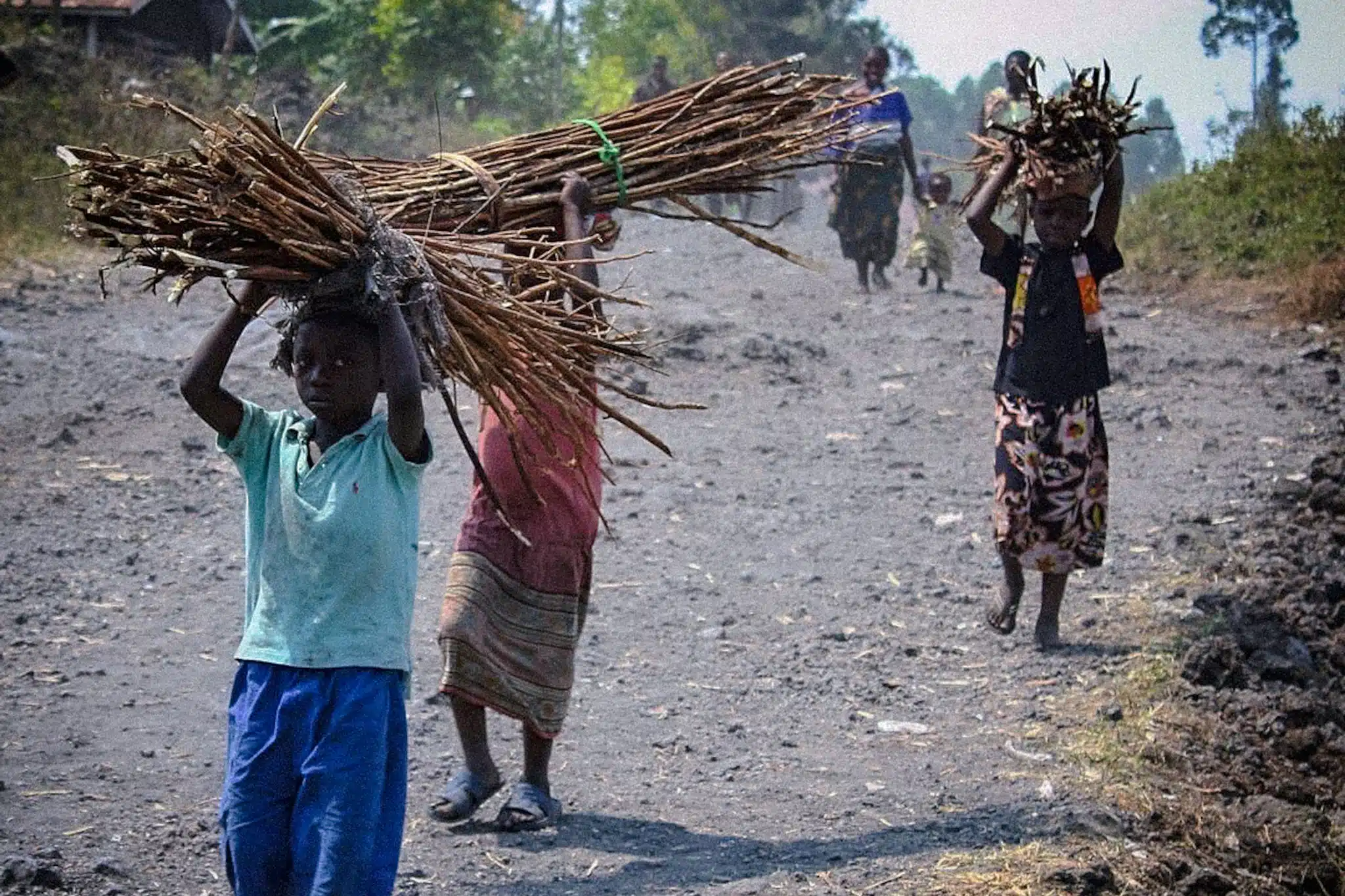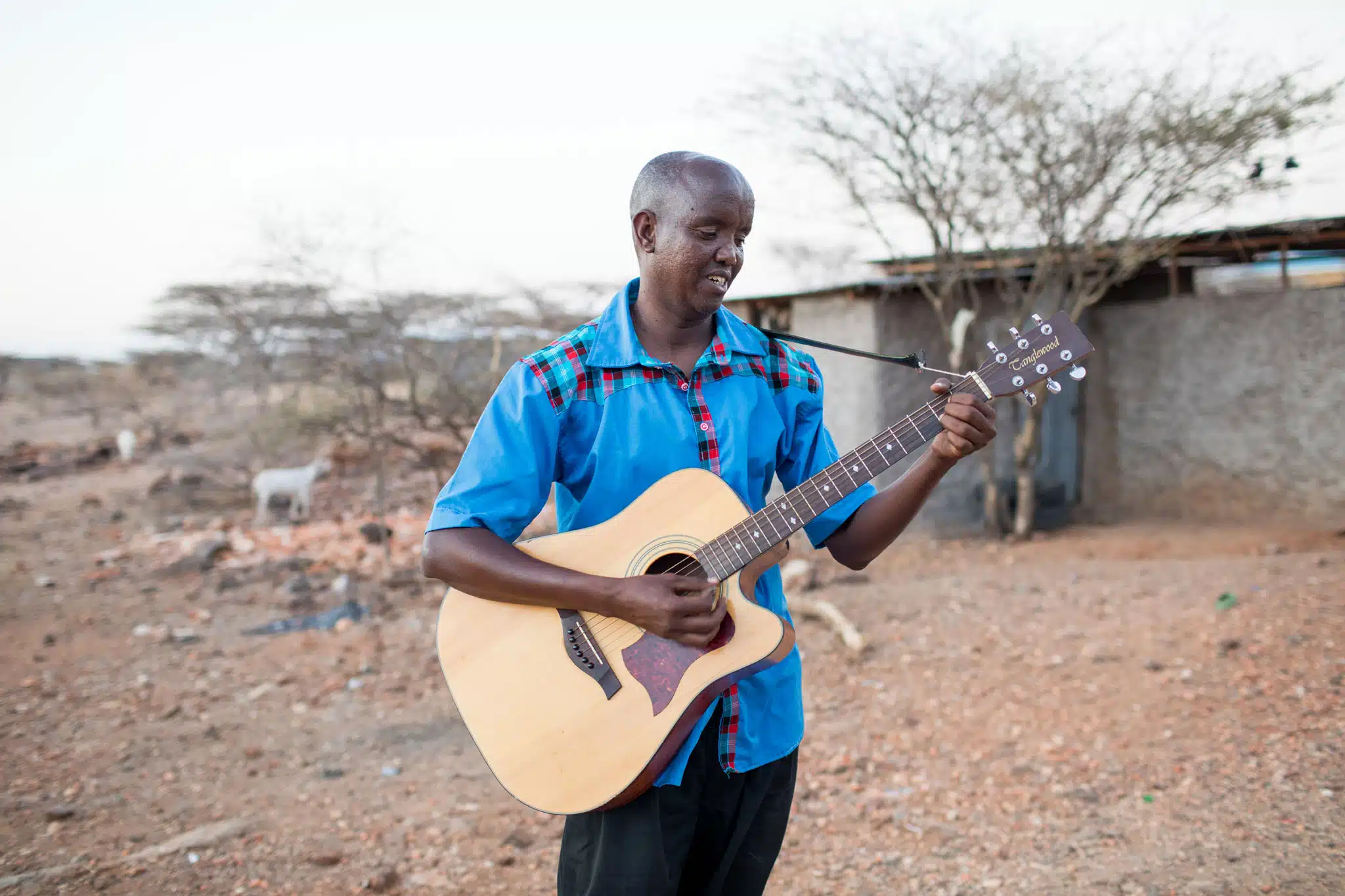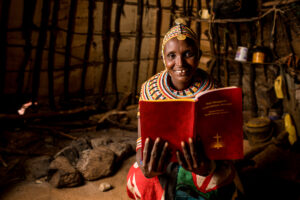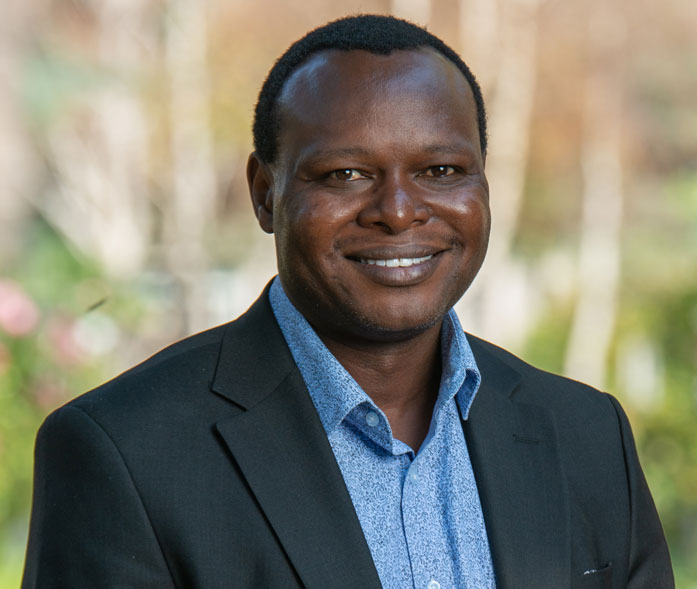Descendants of ancient Mayas can now read Scripture in their Achi language
You know about the Mayas and Aztecs, the two ancient Mesoamerican civilizations that built highly advanced technologies, complex writing systems, and unforgettable architecture.
But did you know that their languages branched into many variants still spoken today?
Meet the Achi (AH’–CHEE), descendants of the Mayas, now a people group of 50,000 living in Guatemala. Their language family predates Jesus’ time on Earth, existing as far back as 4,000 years ago.
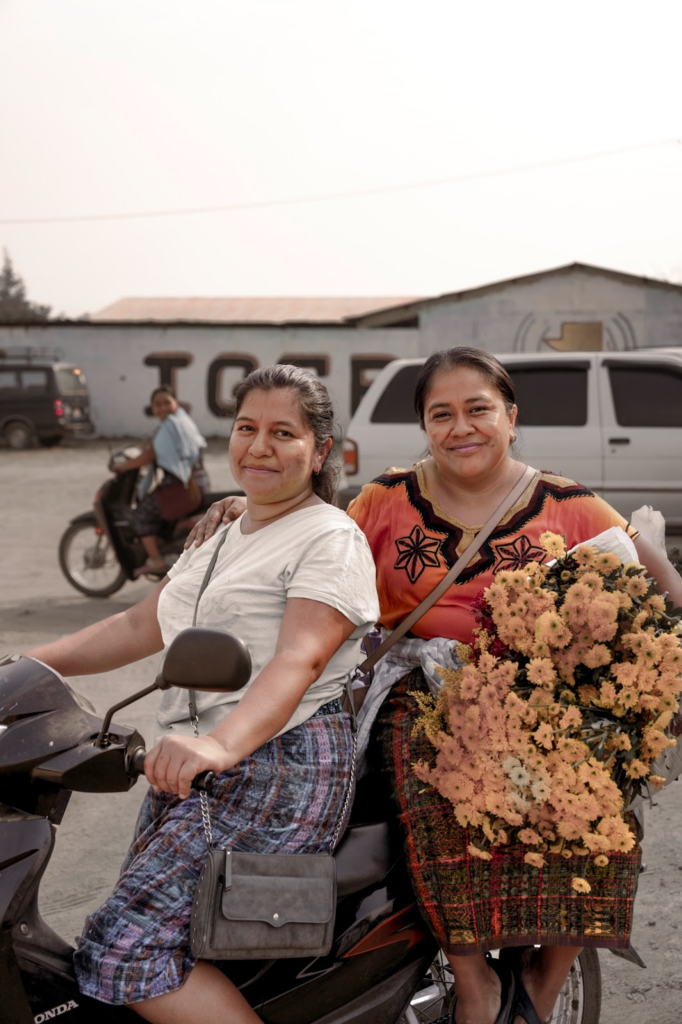
The Maya took language seriously. At the height of their civilization (250–900 CE), they developed logosyllabic hieroglyphs, written characters that combine symbols for whole words and individual syllables to communicate a message (a far more complex example of this is reflected in modern Japanese).
But on March 23, 2024, the Achi celebrated a sacred text—the full Bible, finally translated from Spanish into their Mayan variant. Over 1,000 people gathered. Locals stood alongside visitors from the United States, Mexico, and El Salvador, all thrilled that the Word of God can now be read, beginning to end, in Achi.
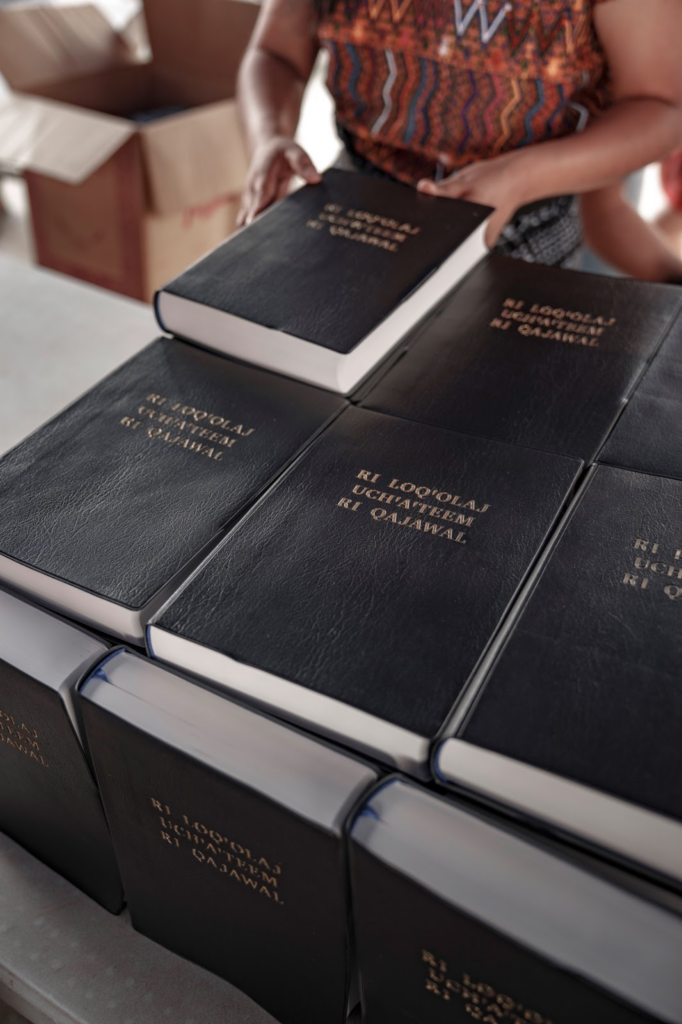
So what does the completion of the Bible mean for the Achi people?
- It means believers who have had to read Scripture in Spanish, their second language, can finally engage the text in the language they knew first.
- It means followers of Jesus can now share the good news—Genesis to Revelation—with their neighbors, some of whom have turned back to polytheistic Mayan beliefs in recent years.
- And it means that those far from God can open the pages of His Word and know—He speaks Achi.
Journey to San Miguel Chicaj, Guatemala, with us to witness the dedication ceremony of the Achi Bible:

